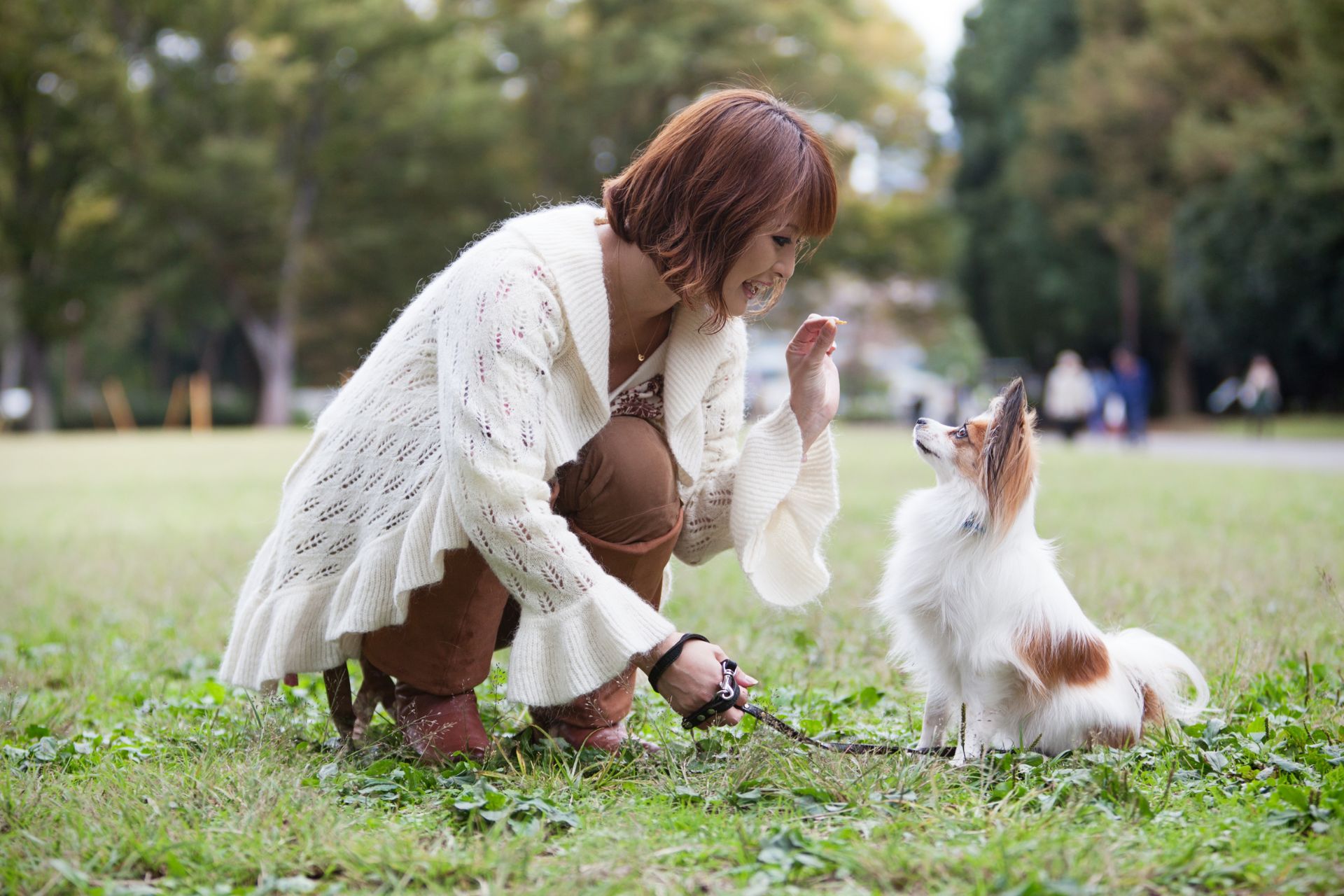Positive reinforcement training for dogs is a scientifically proven method that uses rewards to encourage good behavior in dogs. This training method works by rewarding dogs for behaviors you want to see repeated, rather than punishing them for bad behavior. Positive reinforcement training helps dogs learn faster, retain information longer, and enjoy the training process more. In this article, we’ll explore the benefits of positive reinforcement training for dogs and provide tips and techniques for successful training.
What is Positive Reinforcement Training for Dogs?
Positive reinforcement training is a training method that uses rewards to encourage good behavior in dogs. This method involves rewarding a dog for performing a desired behavior, such as sitting, staying, or coming when called. The rewards can be anything from treats to praise, depending on what motivates your dog.
Benefits of Positive Reinforcement Training for Dogs
Positive reinforcement training has several benefits, including:
- Improved Behavior: Positive reinforcement training can help improve your dog’s behavior by teaching them what is expected of them and educate them.
- Better Communication: Positive reinforcement training allows you to communicate with your dog in a positive and effective way.
- Stronger Bond: Positive reinforcement training can strengthen the bond between you and your dog by creating a positive and enjoyable experience for both of you.
How to Use Positive Reinforcement Training for Dogs
To use positive reinforcement training for dogs, follow these steps:
- Identify the behavior you want to reinforce.
- Choose a reward that your dog finds motivating.
- Give the command for the behavior.
- When your dog performs the behavior, reward them with the chosen reward.
- Repeat this process until your dog learns the behavior.
Positive Reinforcement Training Techniques
There are several techniques you can use to reinforce positive behavior in your dog, including:
- Clicker Training: Clicker training is a technique that uses a clicker to signal to your dog that they have performed the desired behavior.
- Treat Training: Treat training is a technique that involves rewarding your dog with a treat for performing the desired behavior.
- Praise Training: Praise training is a technique that involves rewarding your dog with praise for performing the desired behavior.
Common Mistakes in Positive Reinforcement Training for Dogs
Here are some common mistakes to avoid when using positive reinforcement training for dogs:
- Inconsistent Rewards: Make sure to reward your dog every time they perform the desired behavior, or they may become confused about what is expected of them.
- Timing: Reward your dog immediately after they perform the desired behavior, or they may not understand what they are being rewarded for.
- Over-reliance on Treats: While treats can be a great motivator, it’s important to vary the rewards you give your dog and not rely solely on treats.
Frequently Asked Questions
Q: Is positive reinforcement training the only way to train a dog?
A: No, there are other training methods, such as negative reinforcement and punishment-based training, but positive reinforcement training is the most effective and humane.
Q: How long does it take to train a dog using positive reinforcement?
A: The time it takes to train a dog using positive reinforcement training depends on several factors, such as the dog’s breed, age, and previous training experience. Some dogs may learn a new behavior in a few sessions, while others may take longer.
Q: Can positive reinforcement training be used for all dog breeds?
A: Yes, positive reinforcement training can be used for all dog breeds. However, some breeds may be more stubborn or independent than others, which may require additional patience and persistence during training.
Q: Can positive reinforcement training be used for puppies?
A: Yes, positive reinforcement training can be used for puppies as young as eight weeks old. Early socialization and positive reinforcement training can help prevent behavior problems in the future.
Conclusion
Positive reinforcement training for dogs is a humane and effective way to teach your dog good behavior. By rewarding your dog for performing the desired behavior, you can create a positive and enjoyable training experience for both you and your furry friend. Remember to be patient and consistent with your training, and always use rewards that your dog finds motivating. With the right techniques and positive attitude, you can teach your dog new behaviors and strengthen the bond between you and your furry friend. Start positive reinforcement training today and see the difference it can make in your dog’s behavior.












Join the discussion 3 Comments